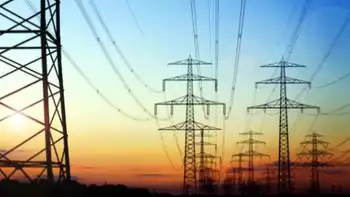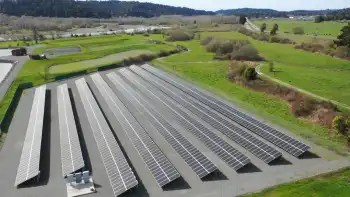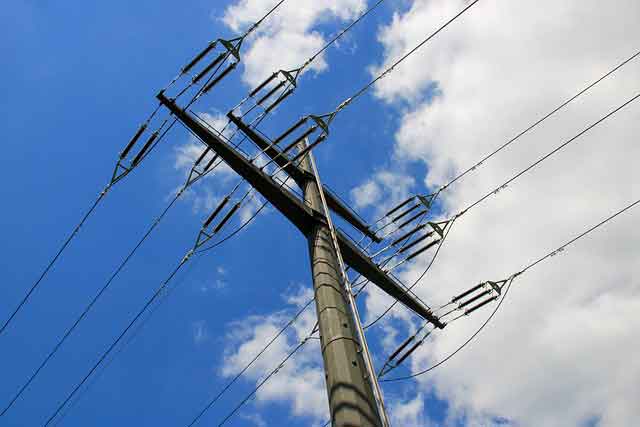Power Hungry: Electricity in Africa
By The Economist
Arc Flash Training CSA Z462 - Electrical Safety Essentials
Our customized live online or in‑person group training can be delivered to your staff at your location.

- Live Online
- 6 hours Instructor-led
- Group Training Available
The trouble with plants such as Ubungo is that there are not enough of them. Opposite the power plant, young men sell charcoal to burn for cooking and heat. At night in the city centre the streetlights are turned off. South of the Sahara there are only seven countries—Cameroon, Gabon, Ghana, Ivory Coast, Namibia, Senegal and South Africa—in which more than 50 of people have access to electricity. In a typical year the whole region generates less electrical power than Canada, and half of that supply is in South Africa.
Generating power in Africa ought to be a good business. Africans tend to pay extraordinary prices for electricity. Businesses rely on dirty and expensive diesel generators. Tanzanian mines are powered by generators burning diesel that has been trucked across the country a kilowatt-hour can cost as much as $1. Grid power at an American mine, by way of comparison, costs less than a tenth as much.
So there ought to be a rush to invest in African power plants. But there is not. Tanzania, a country of 50m people with substantial recent discoveries of natural gas, illustrates some of the bottlenecks.
Tanzania has about 1,500MW of installed electricity-generation capacity—about as much as a small American city. More than a third comes from hydroelectric power stations. Because of drought in recent years, these rarely run at full capacity. In early October, at the end of the dry season, the country had to shut down all its hydroelectric plants. Tanzania is not alone in relying heavily on hydropower. In Malawi and Zambia almost all power comes from water, when it flows.
Tanzania wants to build new gas-fired plants, connected via a new pipeline from a newly discovered gasfield in the south. Plants such as the one at Ubungo ought to generate lots of extra power cheaply. But that is not happening as quickly as it should. The Ubungo plant, which is owned by an American firm, Symbion, did not begin running at full capacity on local gas until last September. Before that, shortages meant that production often relied on imported liquid fuels such as kerosene.
Gas is relatively clean, reliable and inexpensive. Indeed, the Ubungo power station could easily add capacity, says Magesvaran Subramaniam, SymbionÂ’s local boss. It is just a matter of buying more mobile generators. The trouble is neither a lack of gas to power the plant nor a shortage of demand for the juice it sends down the wire it is that the only customer does not pay its bills on time. Tanesco, which has a monopoly on distributing power in Tanzania, is severely cash-strapped. Its outgoings are inflated by the need to buy expensive emergency backup fuel to keep the lights on when the supply from dams falters. In practice, payments to independent power producers such as Symbion often come last on its list.
On December 2nd SonGas, a private-equity owned firm that runs another gas-powered plant in Dar es Salaam, and which contributes as much as 20 of Tanzania’s grid power, threatened to stop generating electricity unless it is paid money is it owed by Tanesco. SonGas, like other firms investing in power plants across Africa, has a guarantee from Tanzania’s government that it will be paid—something financial backers generally insist on before investing in private power producers. But this does not help its short-term cashflow. Tanesco’s arrears do not mean that SonGas can refuse to pay for the gas it buys.
For many, then, the best hope of getting the lights on is to bypass the grid entirely. M-Kopa, a Kenyan firm, is expanding across east Africa selling its solar-powered battery systems, which contain a torch and a mobile-phone charger. Customers are effectively given loans to buy them repayments are made through mobile money.
Generating power at home may transform life in rural areas for the better, but factories, mines and mills need a reliable, large-scale power supply. If Africa is to industrialise, it needs power plants. These will not be built unless customers start paying their electricity bills.











